Bio

Born in Montreal, Vannelli grew up in a family headed by his cabaret-singing father and a ‘keen-eared’ mother. Instinctively drawn to jazz, drummers in particular, such as Gene Krupa, Buddy Rich, Joe Morello, Ed Thigpen and Elvin Jones, as a child Vannelli studied drums and music theory for five years. Gino’s first foray into pop music came one afternoon as a group of young drummers stood in line, waiting to take turns to audition for a Montreal East group called the Cobras. The rite of passage involved playing a tune called “Wipeout” by the Ventures. Having never heard the song before, Gino made sure he waited to the very last, studying the parts every aspiring drummer played, or was trying to play. That afternoon, Gino came home a little later than usual from school, but as the official drummer for the Cobras. A year later, with his brother Joe holding down the keyboard chair, Vannelli headed up the Motown-influenced Jacksonville 5 (note, this is five years before the Jackson 5 recorded their first record). Along the way there were guitar and piano lessons. The urge to compose words and music followed not long after. At fourteen, Gino began his official singing career when the singer in the band fortuitously couldn’t make the high water mark in a then popular tune by a gritty Welshman, Tom Jones, called "It’s Not Unusual".
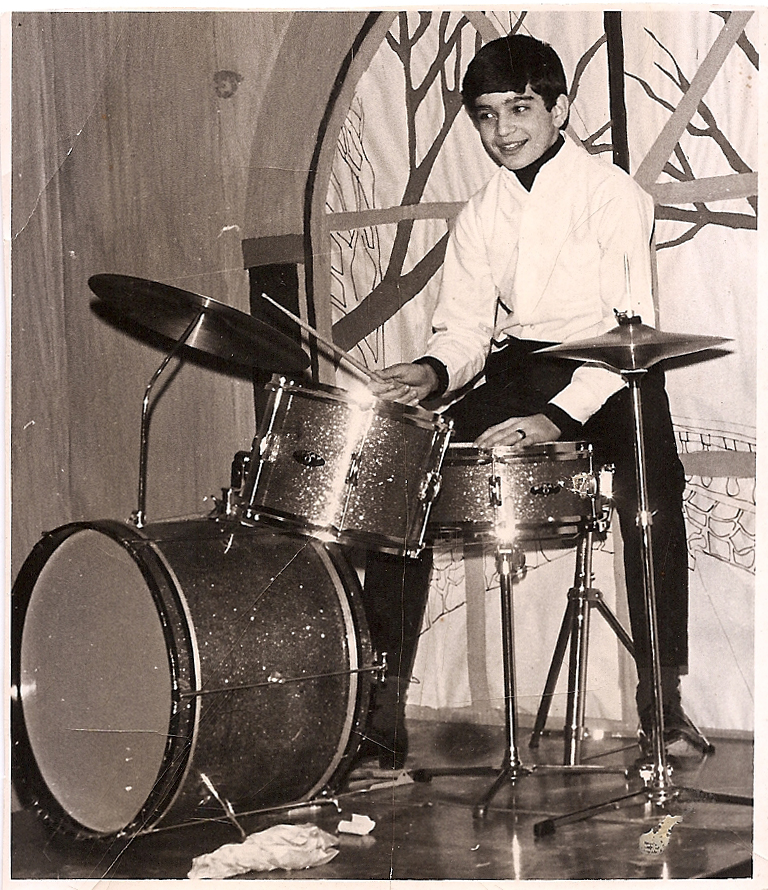
To add complication as well as interest to his musical affinities, Gino had fallen in love with classical music—French Impressionism, Italian Opera, and 20th century Russian composers in particular. Attending concerts given by the Montreal Symphony every last Thursday of the month for one semester, had proven to be life-changing (his 2000 release of Canto being testament). "I seemed to have had a double standard, or at least torn between a few distinct sounds and styles," reflects Vannelli. "I used to defend Charlie Watts and Ringo Starr, insisting they were part of something new and exciting to my purist, jazz-head friends. Yet, when I’d listen to Dave Brubeck’s Time Out, or Miles Davis’s Birth of the Cool, pop would suddenly plead no contest—well, at least for that moment. One Thursday afternoon at Place Des Arts, I remember hearing the Montreal Symphony playing “Daphne and Chloe” by Maurice Ravel. I walked away shaking my head, muttering to myself, ‘What was that!? I was so deeply moved—bewildered by the sounds I had just heard. It was the moment I discovered to what heights music could draw a man’s soul."
Before his seventeenth birthday, Vannelli had signed with RCA Records of Canada, releasing a single called “Gina Bold” under the pseudonym Van-Elli. 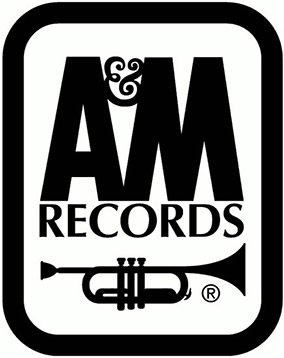 Ambitious and now bitten by the music industry bug, Gino lived on and off in New York City, making the record company and publisher’s rounds, finally ending up at the foot of the gates of A&M Records in Hollywood three years later. Gino, accompanied by his brother Joe, and down to their last five-dollar bill, made one last ditch effort to get signed before having to trek back to Montreal. Early one morning, Gino headed out to the offices of A&M Records where he waited outside the gates for any sign of company co-owner Herb Alpert. As Alpert was walking through the parking lot hours later, Vannelli ran past the gates, racing by a startled and furious security guard. Before he could be accosted he begged a slightly apprehensive Alpert for a chance to audition. Acting on a hunch, (and much to the guard’s annoyance) Herb was sympathetic, telling the young hopeful to return later that afternoon. Gino proceeded to play songs on his acoustic guitar he had recently written, including “People Gotta Move,” “Crazy Life,” “Mama Coco,” “Powerful People” and “Lady”—songs that would end up on the six albums Vannelli would record for A&M between 1974 and 1978. That very day, Gino was welcomed as a new member of the A&M family.
Ambitious and now bitten by the music industry bug, Gino lived on and off in New York City, making the record company and publisher’s rounds, finally ending up at the foot of the gates of A&M Records in Hollywood three years later. Gino, accompanied by his brother Joe, and down to their last five-dollar bill, made one last ditch effort to get signed before having to trek back to Montreal. Early one morning, Gino headed out to the offices of A&M Records where he waited outside the gates for any sign of company co-owner Herb Alpert. As Alpert was walking through the parking lot hours later, Vannelli ran past the gates, racing by a startled and furious security guard. Before he could be accosted he begged a slightly apprehensive Alpert for a chance to audition. Acting on a hunch, (and much to the guard’s annoyance) Herb was sympathetic, telling the young hopeful to return later that afternoon. Gino proceeded to play songs on his acoustic guitar he had recently written, including “People Gotta Move,” “Crazy Life,” “Mama Coco,” “Powerful People” and “Lady”—songs that would end up on the six albums Vannelli would record for A&M between 1974 and 1978. That very day, Gino was welcomed as a new member of the A&M family.
Billboard & Juno Awards, Gold & Platinum
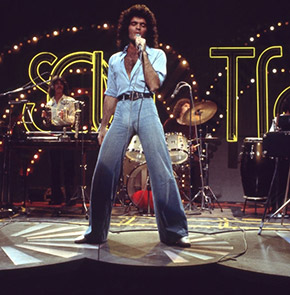 Five of those six albums made the top 100 Billboard album charts, culminating with Brother to Brother (co-produced by brothers Joe, and Ross) which achieved a coveted Top 10 position in the fall of 1978. “I Just Wanna Stop” made it to the 4th spot on the Billboard singles chart. Forever the impassioned artist, Vannelli’s A&M albums consisted of a range of material: from experimental synthesizer arrangements, live orchestral pieces, jazz inflected tunes, to contemporary R&B inspired songs. Having toured with Stevie Wonder, (which led to Gino’s notable appearance on Soul Train—a first for a white artist) Gino soon became a headlining artist, selling out concerts halls and arenas in Canada and the US by twenty-three years of age. Earning a handful of Grammy nominations, and numerous Juno Awards in his native Canada, Gino had arrived.
Five of those six albums made the top 100 Billboard album charts, culminating with Brother to Brother (co-produced by brothers Joe, and Ross) which achieved a coveted Top 10 position in the fall of 1978. “I Just Wanna Stop” made it to the 4th spot on the Billboard singles chart. Forever the impassioned artist, Vannelli’s A&M albums consisted of a range of material: from experimental synthesizer arrangements, live orchestral pieces, jazz inflected tunes, to contemporary R&B inspired songs. Having toured with Stevie Wonder, (which led to Gino’s notable appearance on Soul Train—a first for a white artist) Gino soon became a headlining artist, selling out concerts halls and arenas in Canada and the US by twenty-three years of age. Earning a handful of Grammy nominations, and numerous Juno Awards in his native Canada, Gino had arrived.
 In 1980, Vannelli signed with Arista Records. His sole Arista album, Nightwalker, provided him with a top-ten pop hit, “Living Inside Myself.” When Vannelli opted to follow it up with a stripped-down, edgier album called Twisted Heart, for the first time in his career he found himself with a less than enthusiastic label, unwilling to release an album. For the next three years, in a move reminiscent to episodes in the careers of George Michael and Prince, Vannelli and his record company engaged in a long battle of creative wills—songs being the sum and substance of the contention. Vannelli comments "There comes a day when an artist has to make a hard choice between two roads that lie ahead, knowing full well even the one he knows to be right will lead to a dark forest, leastways for the foreseeable future... comes a time when success must be measured by a different yardstick.”
In 1980, Vannelli signed with Arista Records. His sole Arista album, Nightwalker, provided him with a top-ten pop hit, “Living Inside Myself.” When Vannelli opted to follow it up with a stripped-down, edgier album called Twisted Heart, for the first time in his career he found himself with a less than enthusiastic label, unwilling to release an album. For the next three years, in a move reminiscent to episodes in the careers of George Michael and Prince, Vannelli and his record company engaged in a long battle of creative wills—songs being the sum and substance of the contention. Vannelli comments "There comes a day when an artist has to make a hard choice between two roads that lie ahead, knowing full well even the one he knows to be right will lead to a dark forest, leastways for the foreseeable future... comes a time when success must be measured by a different yardstick.”
After a four-year hiatus, Vannelli had finally come through the dark forest and was released from his Arista contract and in 1985 he released the 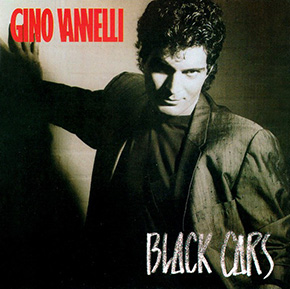 successful Black Cars album and landmark video in Europe. It soon became Vannelli’s most successful international work to that date. Two years later, he recorded Big Dreamers Never Sleep for CBS, whose single, "Wild Horses," stormed its way to the Top 10 in several countries. A successful North American artist, through some strange twist of fate, had suddenly landed feet first on the world stage. To this day, he continues to have a large, international following, giving concerts from Chicago to Cape Town. By 1990, Vannelli had grown skeptical and weary of the music industry status quo, and the Hollywood mindset. After throwing himself headlong into the study of the humanities, a careful examination of world religions, philosophies, both Eastern and Western, he decided it was time to move his family north to Oregon. "I decided to pull myself out of the mainstream," he explains, "and roam the banks."
successful Black Cars album and landmark video in Europe. It soon became Vannelli’s most successful international work to that date. Two years later, he recorded Big Dreamers Never Sleep for CBS, whose single, "Wild Horses," stormed its way to the Top 10 in several countries. A successful North American artist, through some strange twist of fate, had suddenly landed feet first on the world stage. To this day, he continues to have a large, international following, giving concerts from Chicago to Cape Town. By 1990, Vannelli had grown skeptical and weary of the music industry status quo, and the Hollywood mindset. After throwing himself headlong into the study of the humanities, a careful examination of world religions, philosophies, both Eastern and Western, he decided it was time to move his family north to Oregon. "I decided to pull myself out of the mainstream," he explains, "and roam the banks."
Signing with Verve Records, both Vannelli’s commercial outlook and output took a radical swing with the largely acoustic-jazz albums Yonder Tree and Slow Love, released in 1995 and 1997 respectively. Vannelli notes, "I had finally rounded some of my enduring and obsessive visions of the jazz-pop idiom in these two recordings. To his day I listen to those recordings with a sense of satisfaction, at least as much as the ongoing urge to move forward allows".
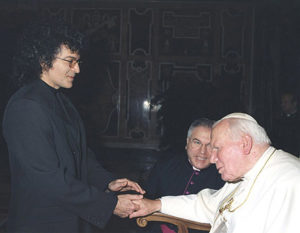
By the end of the decade his muse was taking him still further afield, toward one of his earliest loves, classical music. Having just produced a CD, called Hitek Hiku for Danish jazz pianist Niels Landoky, Gino had included a song called “Parole Per Mio Padre” (A Word to My Father), dedicated to his late father, in the style and tradition of Schubert. It seemed good fortune caught up with Vannelli once more, as one day out of the clear blue, the Vatican called Gino personally, asking him to perform the song for Pope John Paul. Soon after the show had been televised in Europe, the head of BMG Records asked Vannelli to record a contemporary classical CD in the same mode as “Parole per Mio Padre”; thus the birth of what many say is one of Gino’s finest musical accomplishments, Canto, released by BMG in 2003. The CD features songs sung in English, Italian, Spanish and French. Singing music from Canto remains one of the highlights of Gino’s present-day live performances.
In 2005 Gino released These Are the Days under the Universal label. It was a compilation that combined seven of his earlier classic hits with seven new songs, marking the debut of yet another phase of Vannelli’s continually fascinating career and a return to the pop genre that made him an icon. In 2007, forever pursuing new sound images and poetic themes, Gino spent long periods in the Netherlands, taking in the culture, listening to Dutch musicians and forming new associations. It culminated in the 2009 release of a CD/poetry book entitled, A Good Thing. "It began by doing nothing other than watching and listening, which eventually ended in the urge to lay my thoughts to poetry. By the time I got to fifty or so poems, the instinct to put music to the verse led to A Good Thing. New methods bring new music."
In late 2009, amidst a very busy touring schedule, Gino managed to find the time to re-record many of his better known songs for a CD entitled, The Best & Beyond. "True, some may consider The Best & Beyond simply a modernization or update of my older material, but I feel it is much more a statement of my present-day musical mindset, not to mention some incredible musicianship by a few Portland musicians".
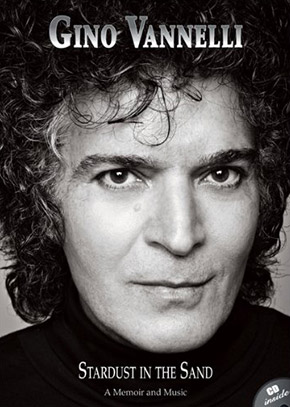 Gino’s First Published Book
Gino’s First Published Book
When Gino was asked to write liner notes for The Best & Beyond, he found himself more eager to share personal information than what was originally needed. The notes grew into his first published book called, Stardust in the Sand—a historical and candid account of life and times culminating into the songs on The Best & Beyond included in the back flap. The last chapter entitled, Godlings and Feet of Clay is a humorous telling of chance encounters with famous musicians, including Sting, Billy Joel, Stevie Wonder, and Marvin Gaye, to name a few.
Whether performing piano-voice concerts in theaters, singing before symphony orchestras in concert halls, big bands or a pop ensemble to throngs of enthusiastic fans, Gino remains impassioned and true to his art as ever. Gino Vannelli’s standing as a powerful and innovative live performer, his well hewn musical skills as composer, poet, producer and arranger, his engaging persona notwithstanding, keep his career rising to greater heights. "The best works lie in the wake of reaching."

Awards
 2 Platinum Albums
2 Platinum Albums 5 Gold Albums
5 Gold Albums 7 Juno Awards
7 Juno Awards 4 Grammy Nominations
4 Grammy Nominations BEST ENGINEERED RECORDING TOMMY VICARI, LARRY FORKNER – POWERFUL PEOPLE (GINO VANNELLI) BEST ENGINEERED RECORDING (OTHER THAN CLASSICAL) – TOMMY VICARI – STORM AT SUN-UP (GINO VANNELLI) ARTIST: GINO VANNELLI “THE GIST OF THE GEMINI” “STORM AT SUNUP” “POWERFUL PEOPLE” “BROTHER TO BROTHER” “POWERFUL PEOPLE” ARTIST: GINO VANNELLI “I JUST WANNA STOP” “I JUST WANNA STOP” “BROTHER TO BROTHER” “BROTHER TO BROTHER” ARTIST: GINO VANNELLI ARTIST: GINO/JOE/ROSS VANNELLI TITLE: BROTHER TO BROTHER – US – RIAA “BROTHER TO BROTHER” “LIVING INSIDE MYSELF” BEST INSTRUMENTAL ARRANGEMENT ACCOMPANYING VOCAL(S) ARTIST: JOE/GINO VANNELLI TITLE: BLACK CARS “WILD HORSES” “YOUNG LOVER” ARTIST: GINO/JOE VANNELLI TITLE: THE TIME OF DAY / SUNSET ON LA
1974 – GRAMMY NOMINATION

1975 – GRAMMY NOMINATION

1975 – MOST PROMISING MALE VOCALIST OF THE YEAR: JUNO AWARDS

1976 – GOLD ALBUM – CANADA CRIA

1976 – GOLD ALBUM – CANADA CRIA

1976 – GOLD ALBUM – CANADA CRIA

1976 – GOLD ALBUM – CANADA CRIA

1976 – PLATINUM ALBUM – CANADA CRIA

1976 – MALE VOCALIST OF THE YEAR: JUNO AWARDS

1978 – #1 CANADA SINGLE AND #4 US SINGLE
1978 – US CASH BOX AWARDS
1978 – GRAMMY NOMINATION

1978 – CERTIFIED GOLD ALBUM – US – RIAA

1979 – MALE VOCALIST OF THE YEAR: JUNO AWARDS

1979 – PRODUCER OF THE YEAR: JUNO AWARDS

1979 – CERTIFIED PLATINUM ALBUM

1981 – GRAMMY NOMINATION

1986 – RECORDING ENGINEER OF THE YEAR: : JUNO AWARDS

1987 – BELGIUM DIAMOND AWARDS
1987 – RECORDING ENGINEER OF THE YEAR: JUNO AWARDS

1991 – RECORDING ENGINEER OF THE YEAR: JUNO AWARDS

2000 – VATICAN COMMISSION TO PERFORM FOR POPE JOHN PAUL II










